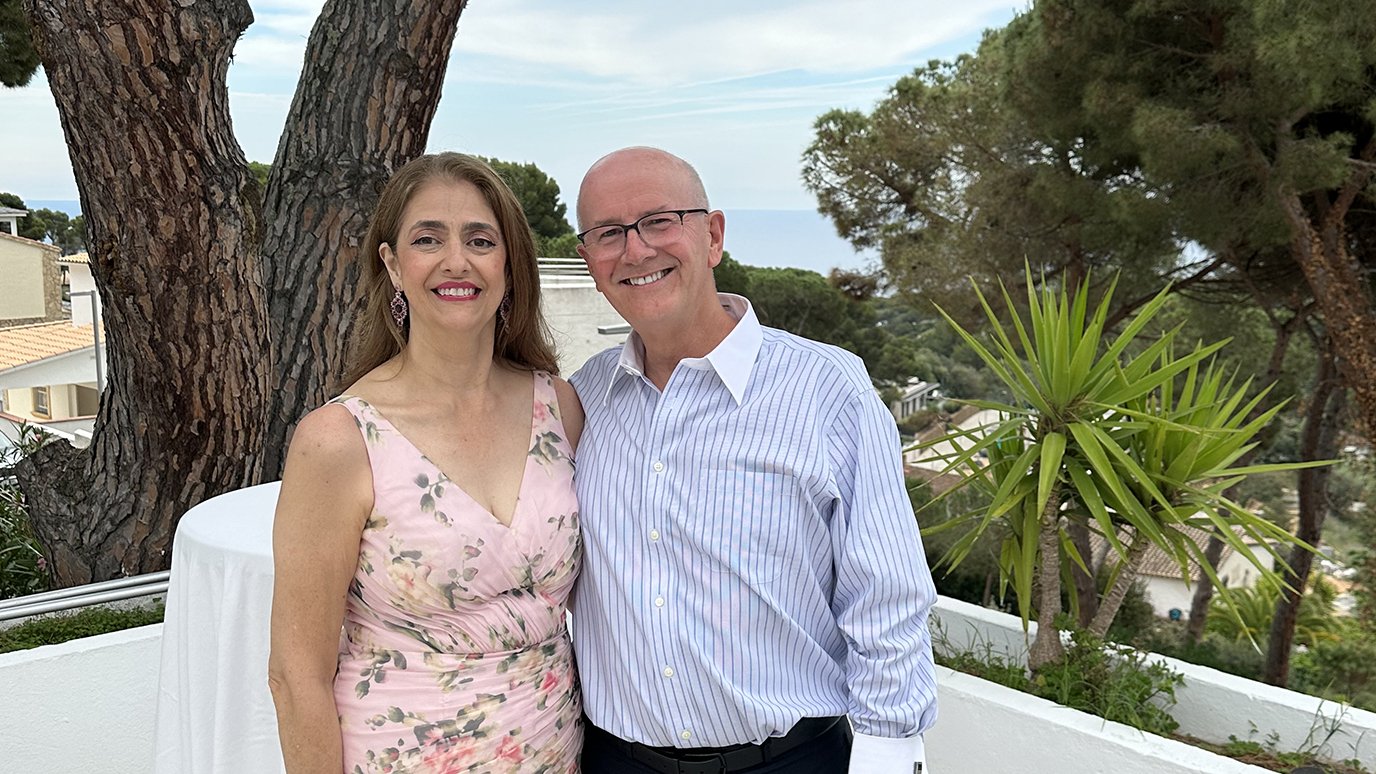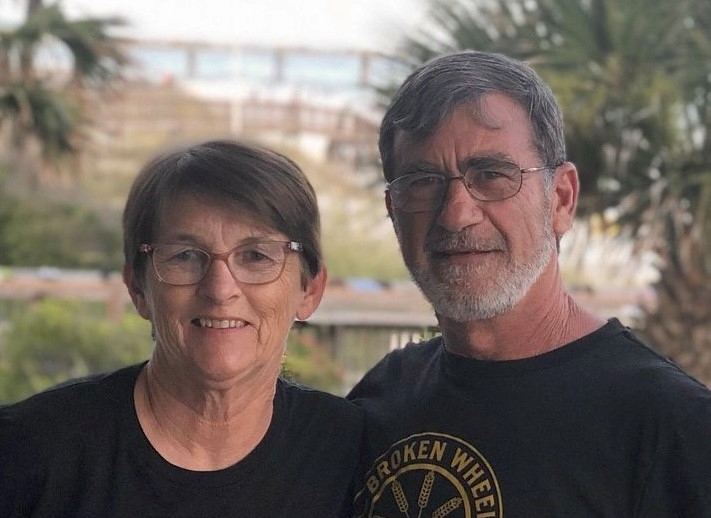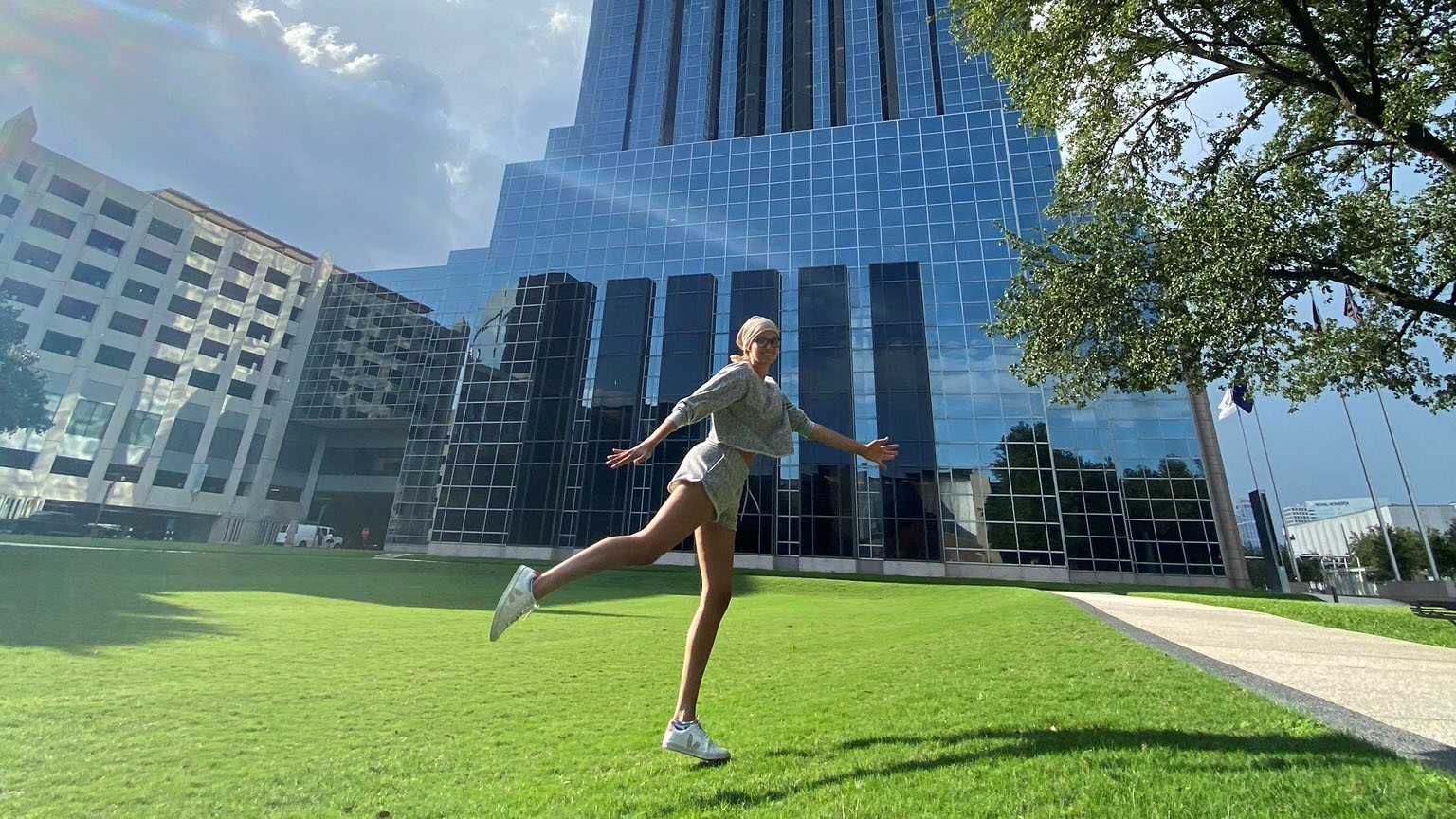- Diseases
- Acoustic Neuroma (14)
- Adrenal Gland Tumor (24)
- Anal Cancer (68)
- Anemia (2)
- Appendix Cancer (16)
- Bile Duct Cancer (26)
- Bladder Cancer (72)
- Brain Metastases (28)
- Brain Tumor (232)
- Breast Cancer (716)
- Breast Implant-Associated Anaplastic Large Cell Lymphoma (2)
- Cancer of Unknown Primary (4)
- Carcinoid Tumor (8)
- Cervical Cancer (162)
- Colon Cancer (166)
- Colorectal Cancer (118)
- Endocrine Tumor (4)
- Esophageal Cancer (44)
- Eye Cancer (36)
- Fallopian Tube Cancer (8)
- Germ Cell Tumor (4)
- Gestational Trophoblastic Disease (2)
- Head and Neck Cancer (14)
- Kidney Cancer (128)
- Leukemia (342)
- Liver Cancer (50)
- Lung Cancer (286)
- Lymphoma (278)
- Mesothelioma (14)
- Metastasis (30)
- Multiple Myeloma (100)
- Myelodysplastic Syndrome (60)
- Myeloproliferative Neoplasm (6)
- Neuroendocrine Tumors (16)
- Oral Cancer (100)
- Ovarian Cancer (174)
- Pancreatic Cancer (160)
- Parathyroid Disease (2)
- Penile Cancer (14)
- Pituitary Tumor (6)
- Prostate Cancer (146)
- Rectal Cancer (58)
- Renal Medullary Carcinoma (6)
- Salivary Gland Cancer (14)
- Sarcoma (238)
- Skin Cancer (296)
- Skull Base Tumors (56)
- Spinal Tumor (12)
- Stomach Cancer (64)
- Testicular Cancer (28)
- Throat Cancer (92)
- Thymoma (6)
- Thyroid Cancer (98)
- Tonsil Cancer (30)
- Uterine Cancer (84)
- Vaginal Cancer (18)
- Vulvar Cancer (20)
- Cancer Topic
- Adolescent and Young Adult Cancer Issues (20)
- Advance Care Planning (12)
- Biostatistics (2)
- Blood Donation (18)
- Bone Health (8)
- COVID-19 (362)
- Cancer Recurrence (120)
- Childhood Cancer Issues (120)
- Clinical Trials (632)
- Complementary Integrative Medicine (22)
- Cytogenetics (2)
- DNA Methylation (4)
- Diagnosis (232)
- Epigenetics (6)
- Fertility (62)
- Follow-up Guidelines (2)
- Health Disparities (14)
- Hereditary Cancer Syndromes (126)
- Immunology (18)
- Li-Fraumeni Syndrome (8)
- Mental Health (116)
- Molecular Diagnostics (8)
- Pain Management (62)
- Palliative Care (8)
- Pathology (10)
- Physical Therapy (18)
- Pregnancy (18)
- Prevention (922)
- Research (392)
- Second Opinion (74)
- Sexuality (16)
- Side Effects (608)
- Sleep Disorders (10)
- Stem Cell Transplantation Cellular Therapy (216)
- Support (402)
- Survivorship (322)
- Symptoms (182)
- Treatment (1786)
B-cell lymphoma survivor: MD Anderson’s expertise saved me and my pregnancy
5 minute read | Published August 15, 2024
Medically Reviewed | Last reviewed by an MD Anderson Cancer Center medical professional on August 15, 2024
When I was diagnosed with B-cell lymphoma in August 2023, I wasn’t really frightened for myself. I was more worried about my pregnancy. At the time, I was only about four weeks along with my third child, Catherine, and chemotherapy during the first trimester was not really an option.
Two months is a long time to put off cancer treatment, especially with a disease this aggressive. I knew it would be risky. So, I was extremely grateful to find Dr. Sairah Ahmed and MD Anderson.
Dr. Ahmed is one of two MD Anderson lymphoma specialists who works with pregnant patients regularly. She told me she had helped other women in similar situations. It was so comforting to hear that other pregnant patients had gone through this, too, and that they and their babies had turned out fine.
My B-cell lymphoma diagnosis
I didn’t even know I was pregnant until a few days before my diagnosis. I found out just before having an X-ray and some other scans to determine the cause of severe chest pain. It turned out to be a softball-sized mass, squeezed between my heart and lung, right behind my sternum. A biopsy showed it was primary mediastinal large B-cell lymphoma, a type of non-Hodgkin lymphoma.
The doctors near my home in Lafayette didn’t know what to do. They had treated some pregnant cancer patients, but most were in their second or third trimesters by the time they were diagnosed.
It was scary to be diagnosed with cancer so early in my pregnancy. But once I got to MD Anderson, I felt confident I would be well taken care of. They had done it all before. So, I never felt nervous.
My B-cell lymphoma symptoms
Dr. Ahmed planned for me to start chemotherapy at the beginning of my second trimester. I could have the infusions administered locally near my home in Louisiana.
But the cancer was advancing fast and my cancer symptoms were starting to frighten me. I had drenching night sweats, constant coughing, and a heavy sense of pressure in my chest. I was also getting very little sleep, choking on my food, and my neck was twice its normal size due to swelling.
The disease put so much stress on my heart that I had to be temporarily sedated and put on a ventilator. I ended up starting chemotherapy a week early, in the hopes that it would help stabilize me.
Why I needed a feeding tube
After the first round of chemotherapy, one of the lymph nodes in my chest got so big that it compressed my trachea, compromising my breathing. I had to have a stent put in to keep it open. That was pretty scary. But the hardest part of my cancer treatment turned out to be a fistula — or abnormal hole — that developed between my esophagus and trachea after the second round of chemotherapy.
This meant that anything I ate or drank could get into my lungs, making pneumonia a constant threat. I couldn’t swallow anything at all, not even my saliva.
The only way to correct this problem was surgery. But the surgery was so complex that Dr. Ahmed consulted with thoracic surgeon Dr. Mara Antonoff, and the team made the decision to hold off until after I’d completed cancer treatment and delivered my daughter.
They also consulted with head and neck surgeon Dr. Anastasios Maniakas and plastic surgeon Dr. Paul Shay. Then, they referred me to a high-risk obstetrician who could monitor my pregnancy until I delivered and made plans to perform the surgery soon afterward.
Until then, I needed a way to drain fluid from my esophagus and get nutrition into my body. So, I had a temporary stomach draining tube and feeding tube put in by one of Dr. Antonoff’s colleagues, thoracic surgeon, Dr. Wayne Hofstetter.
My B-cell lymphoma treatment
I finished five rounds of “EPOCH” chemotherapy and one round of “R-CHOP” chemotherapy in mid-February. I had a scheduled C-section on March 14, 2024, at 33 weeks. My daughter was tiny — just 2 pounds, 14 ounces. But her anatomy was perfect, and she was breathing fine. She stayed in the NICU for a month to grow. Now, she weighs nearly 10 pounds and is thriving.
I had surgery at MD Anderson to repair my esophagus and remove part of my trachea on May 2. It required a big team: one plastic surgeon, two thoracic surgeons, and a head and neck surgeon. Each one met with me personally to tell me their role in either the surgery or the backup plan, and they all checked in on me afterward to see how I was doing. I really appreciated that.
The procedure itself was very complex; it took almost 14 hours. But everything went well, and I’m feeling good and getting my strength and weight back.
Dr. Ahmed and her colleagues suspected I was cancer-free after chemotherapy, but they couldn’t be sure until I had scans after delivery. I am pleased to report that they were right: I am officially in remission. So, aside from the surgery I needed to repair the fistula, I won’t require any other cancer treatment.
My life today: cancer-free and almost back to normal, just like I wanted
Today, I feel like a new person. I hadn’t eaten real food in about eight months before the surgery, but after a couple of weeks of healing, I was able to start swallowing purees again. Gradually, I moved back into solid foods, and now I’m eating everything.
I’ll have to wait a little longer before I can drink liquids, though. My vocal cords still don’t close completely when I swallow. Solids are not an issue. But a nerve damaged by the cancer has to finish healing before I can drink things comfortably again.
Aside from being cancer-free and able to eat again, the best news is that I’m back to being a mom and engaging in almost all of my normal activities. That was all I ever really wanted, so even though I’m still healing, my life is great. And I am so thankful to MD Anderson for giving it back to me.
Request an appointment at MD Anderson online or call 1-877-632-6789.
Related Cancerwise Stories

It was so comforting to hear that other pregnant patients had gone through this, too.
Sarah LeJeune
Survivor





